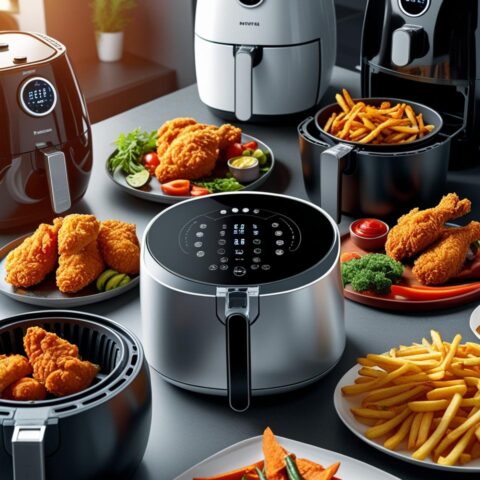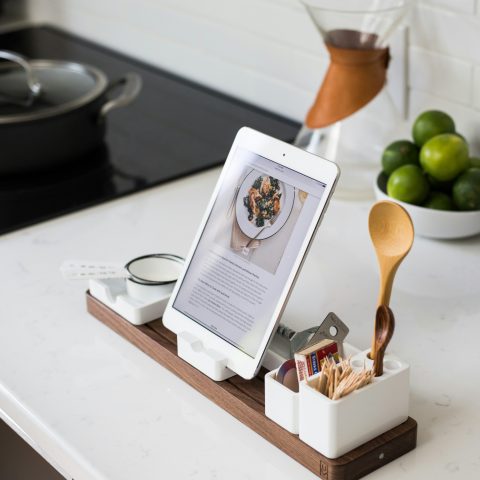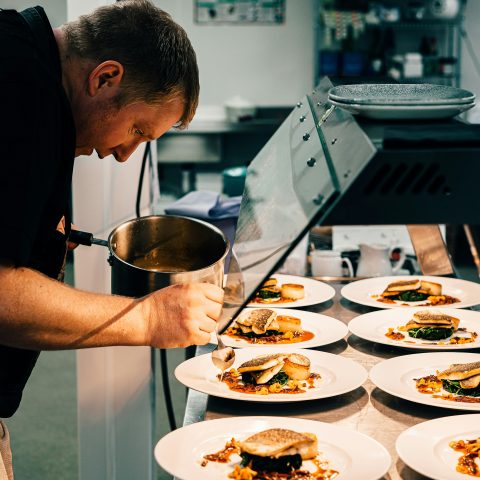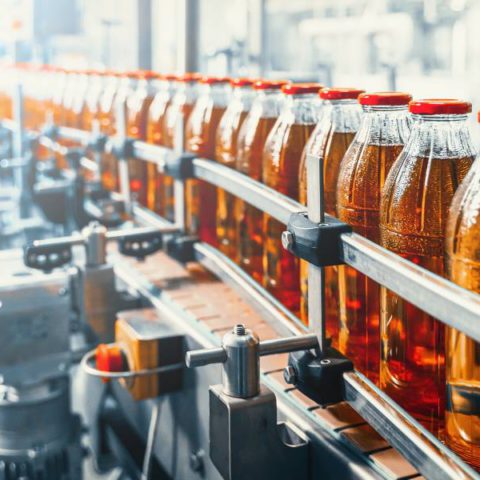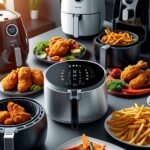It’s not easy to run a restaurant. Every day could be different, and natural catastrophes and unforeseen closures may devastate your business at any time. Proprietors of eating establishments should put a well-thought-out emergency plan in place. Learning how restaurants can plan for emergencies ensures these situations don’t halt your business for long.
Ladle of Contents
Identify Potential Emergency Scenarios
Your first step in emergency planning is identifying potential problems or situations that could lead to emergencies. This could involve kitchen accidents (such as fires from grease or equipment malfunctions), natural disasters, and food safety issues that could lead to outbreaks of foodborne illnesses.
You should first analyze your business’s risks to identify weak points. For information on hazards unique to your area or structure, contact emergency management professionals in your area. Taking this preventative measure will serve as the cornerstone of your contingency strategy.
Develop Communication Protocols
Effective communication is vital during emergencies. Develop protocols to inform staff, customers, and relevant authorities about an emergency. Designate roles and responsibilities among staff, including a point of contact for disseminating information.
Regularly rehearse these protocols to ensure everyone is aware of their role. Also, utilize backup communication systems, like walkie-talkies or emergency notification systems, in case cellular or Wi-Fi communication fails. Your communication strategy should provide timely, accurate information during a crisis. Understanding emergency lighting will help you set it up in your establishment. These fixtures can operate even in a power outage, guiding staff and patrons to safety.
Create an Emergency Kit
An emergency kit is crucial for immediate response to unexpected situations. It should include first aid supplies to treat minor injuries, tools for quick repairs, flashlights in case of a power outage, a battery-operated radio for updates, and a list of emergency contacts. This kit will serve as a lifeline and facilitate swift recovery when emergencies strike your restaurant.
Have a Backup Plan
The restaurant industry is notoriously unpredictable, so it’s important to have a backup plan that helps you and your staff deal with the unexpected. This entails finding alternative suppliers to maintain an ongoing food supply, backup storage for keeping perishables, and another power source, such as a generator.
You should also include plans to manage a temporary shutdown or relocation. Otherwise, a minor emergency could escalate into a catastrophic disaster.
Train Your Staff
All staff members should receive instructions on emergency procedures, including evacuation plans, use of fire extinguishers, and basic first aid. Regularly conduct drills to reinforce this knowledge and foster a culture of safety. This training equips your team with the skills to respond to emergencies and ensure everyone’s safety.
You never know when a disaster will strike, so you must plan for emergencies before they happen. A well-thought-out emergency plan can go a long way in protecting your restaurant and everyone in it.



